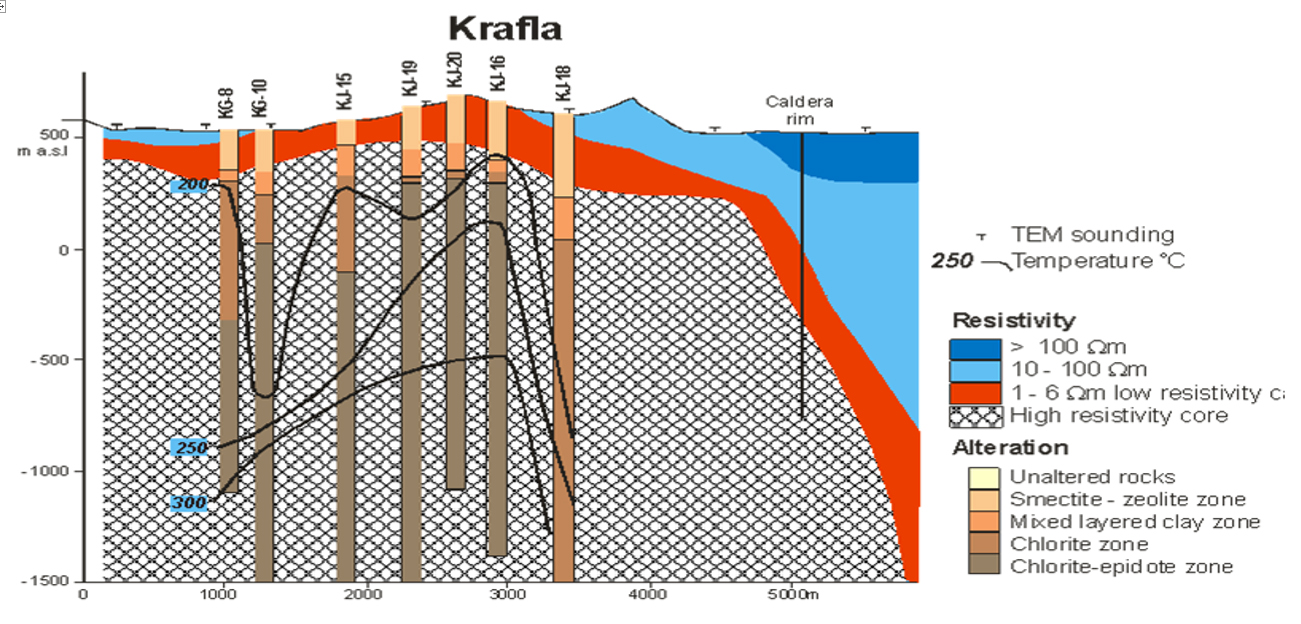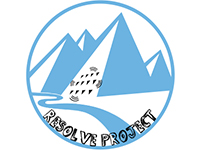WP4 - Krafla : a volcanic and geothermal target in Iceland
– Scientific coordinator : Jean Vandemeulebrouck (ISTerre, University Savoie Mont Blanc)
Introduction
Krafla, a quiescent Icelandic volcano whose last eruptive activity occurred in 1975-1984, is now largely exploited for geothermal energy production. In 2009, drilling revealed the presence of a buried shallow (2.1 km) magma body, which was unexpected based on the available geophysical data. This observation gives the unique opportunity to explore the potential and limits of multi-physics methods for geothermal reservoir imaging. Moreover, Krafla is the place where next concepts and paradigms in geothermal utilization, volcano exploration and monitoring are being developed in the Krafla Magma Test bed project. A consortium gathering 25 world institutes and organization aims at directly observing and engineering the transition from the geothermal system to the magmatic one, for superheated/supercritical fluid exploitation as well as direct magma monitoring and experimentation.
Objectives/Methodology
The overall objective is to decipher the upper geothermal system (Fig. 4) through the development and use of advanced multi-physics methods for imaging shallow structures, characterize the petro-physical properties of reservoir/cap rocks and model fluids flow. The subsurface structure of Krafla is known from extensive geothermal exploration and drilling, therefore, the spatial resolution of the existing 3-D geophysical model is limited and could be greatly improved by the use of joint inversion methods on galvanometric and induction-based resistivity, induced polarization and seismic data together with prior facies recognition. The availability of data from numerous boreholes is important for cross-validation. Such methodology could later be applied for geothermal exploration in the Alps, e.g. in the South Geneva basin.
Expected results
Expected results are are :
- 3-D high-resolution model of resistivity, induced polarization and seismic velocity ;
- Fluid flow model ;
- Relations between induced polarization and rock alteration, of primary interest as the alteration depends of the temperature conditions ;
- Deep structures recognition, comparison with the magma encounter by reprocessing previous e-m data using the new shallow resistivity model ;
- Seismic velocity model down to the magma encounter and reprocessing of the hypocenters location to precise fragile/ductile conditions.

Updated on 31 août 2022



